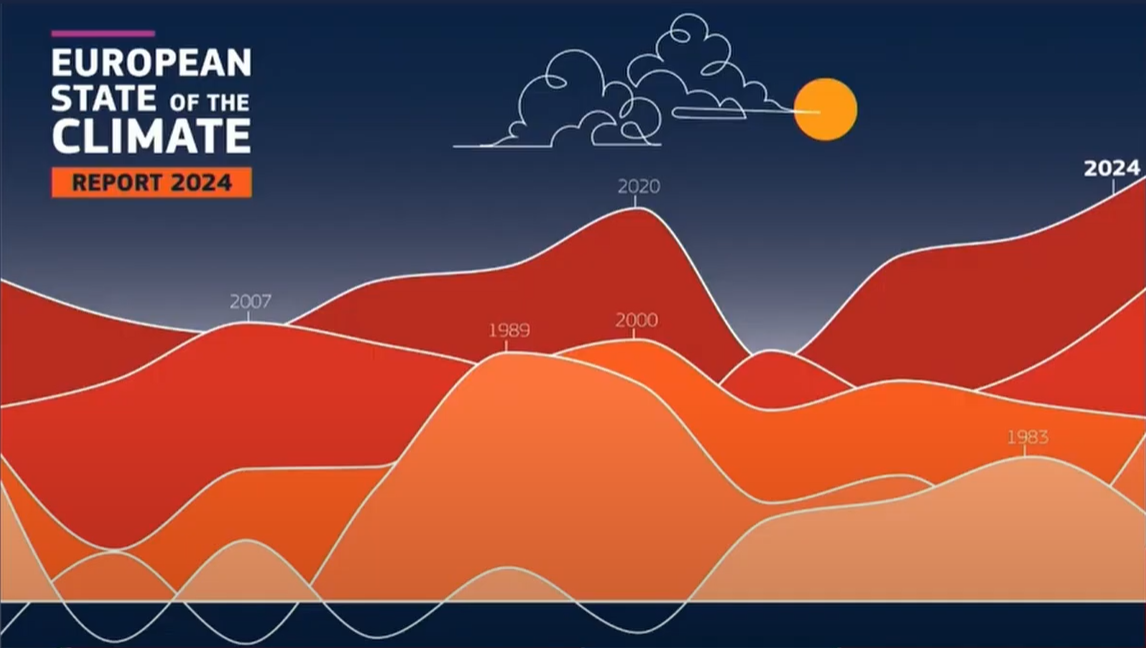The MetMatters Guide to the Winners of Weather Photographer of the Year 2023
The winners of the 2023 Standard Chartered Weather Photographer of the Year competition have been announced — so here is our MetMatters guide to the weather behind the winning shots.
Winner – A Perfect Cloud by Francisco Negroni
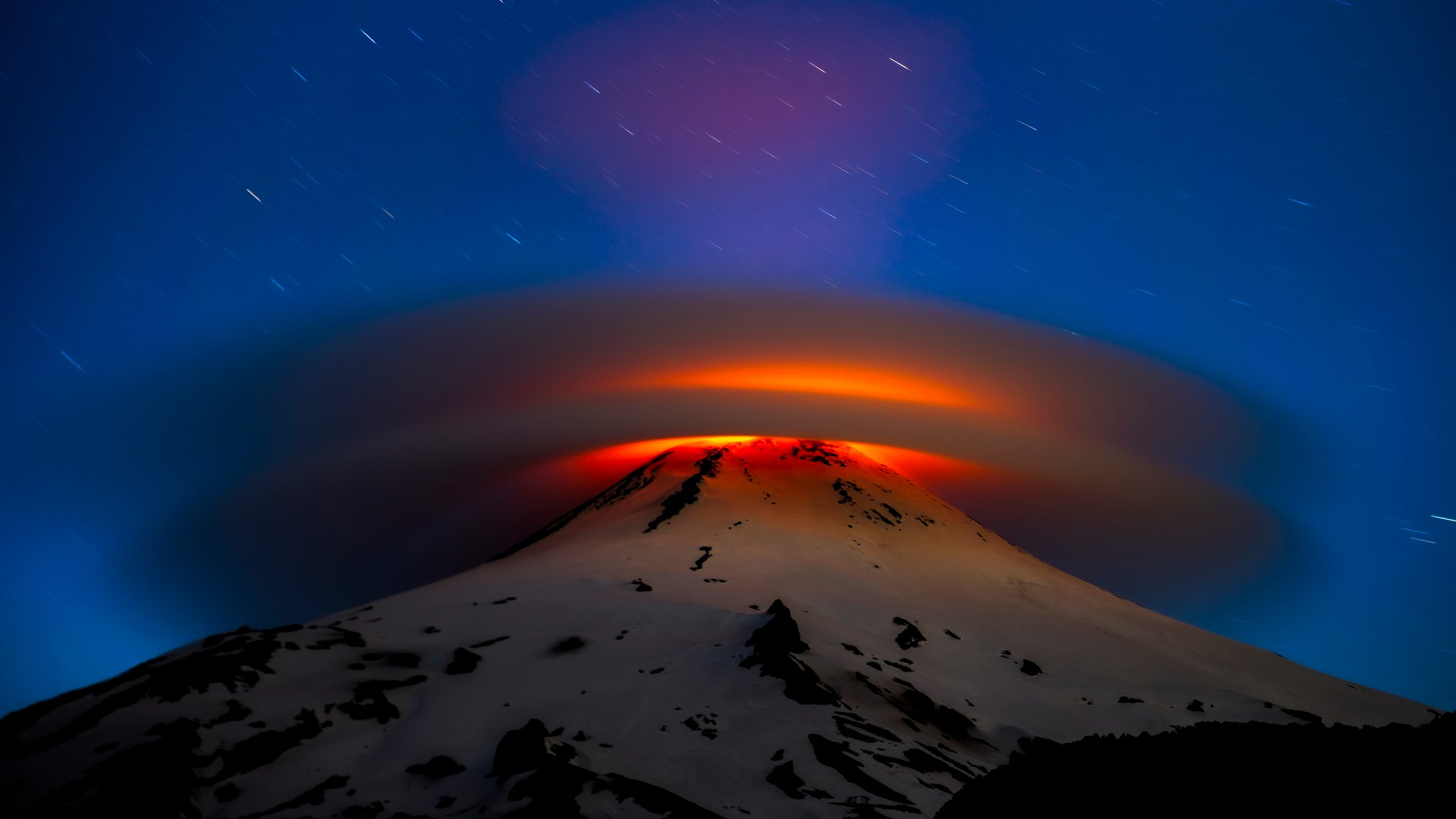
Francisco Negroni camped out at the Villarrica volcano – one of Chile’s most active – for ten days to capture this gigantic lenticular cloud surrounding the crater during a period of intense volcanic activity.
Lenticular or lens-shaped clouds form when air flowing over the ground encounters an obstacle – like a volcano. The air is forced to rise and cool, which allows moisture to condense and form clouds. For these particularly striking lenticular clouds to form, the atmosphere needs to be stable, which means that the air forced up over the high ground readily sinks back down again beyond, sometimes causing a continuous rise and fall downstream or ripples in the air.
Due to their unusual shape, lenticular clouds are often compared to flying saucers, and the glow from the lava below certainly adds to that other-worldly vibe.
Runner Up – Forest Fire Boundary by Tran Tuan
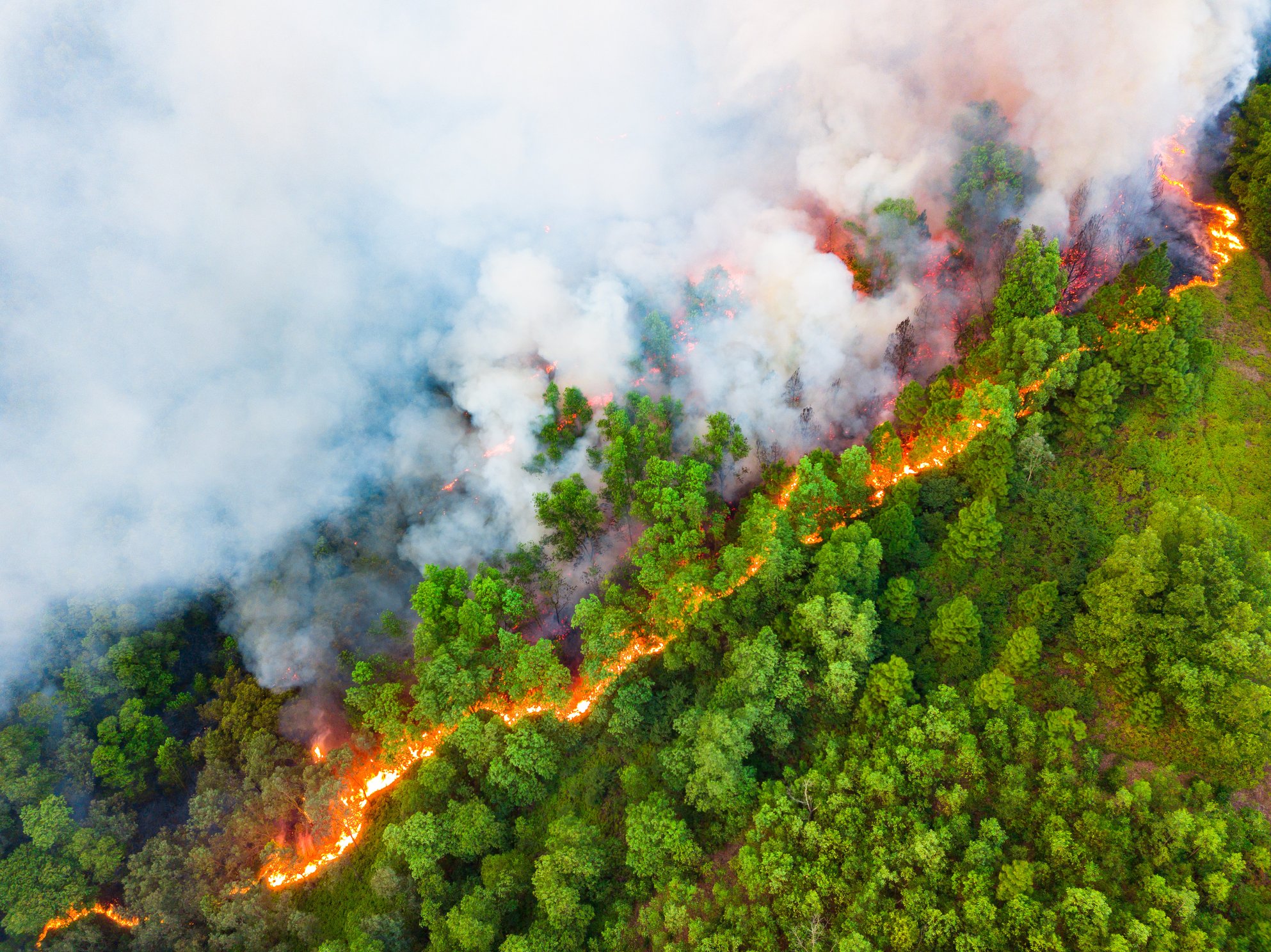
Tran Tuan’s scorching snap from Vietnam’s Bac Giang province captures the devastation that forest fires cause to the natural world. Although there are natural causes of wildfires, such as lightning strikes, most of them are started by people and when it is very hot and dry, the fires can grow rapidly out of control.
Such blazes destroy habitats and farmland alike, as well as create hazardous air pollution. Climate change is likely to exacerbate wildfires across the globe, by creating hotter and drier ‘tinderbox’ conditions, leading to longer wildfire seasons, with fires that burn longer and spread further.
Third Place – Fichtelberg Mountain by Christoph Schaarschmidt
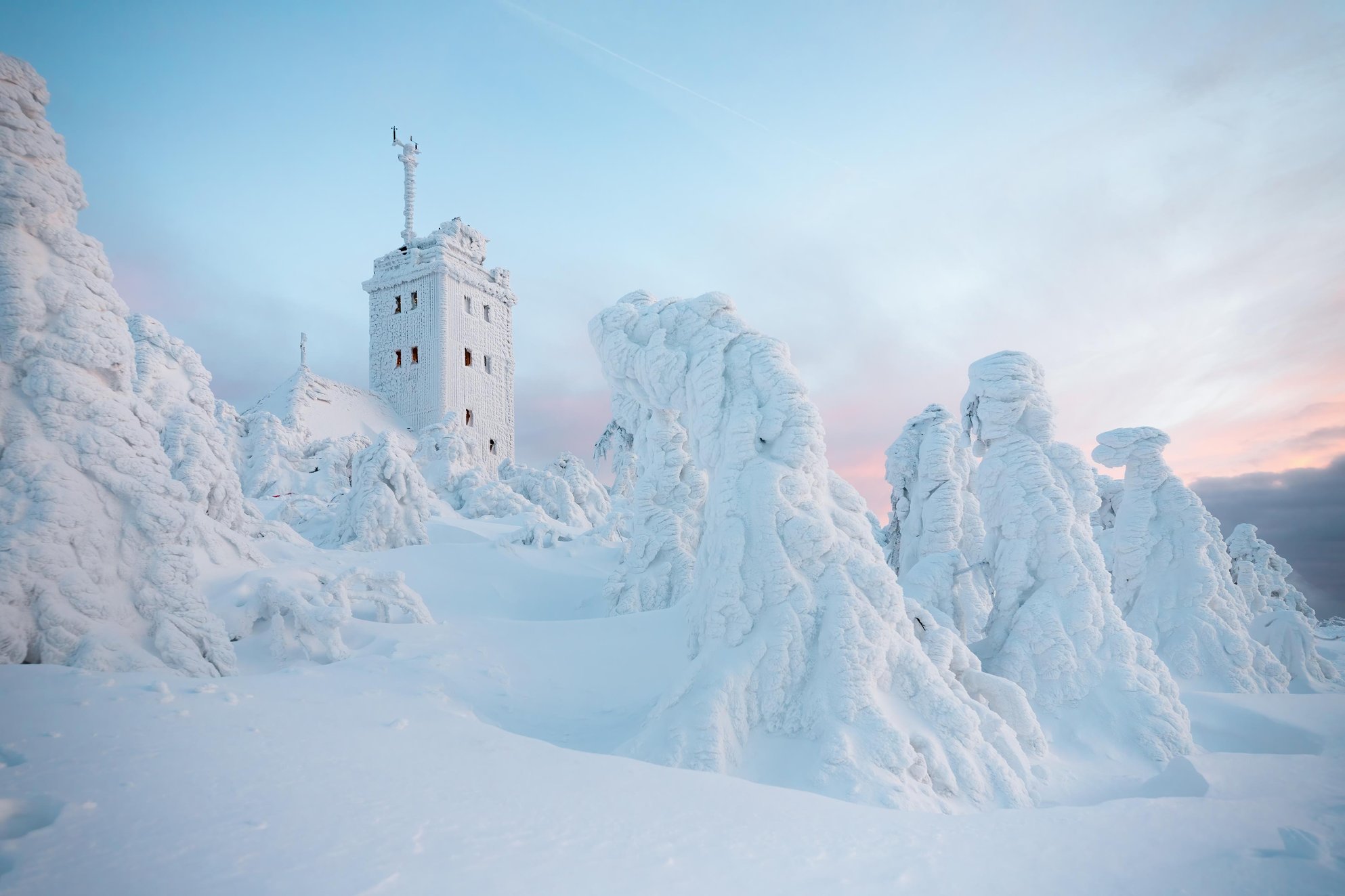
A crucial combination of elements led to the formation of these incredible ice sculptures on Fichtelberg Mountain, namely strong winds, plenty of snow and sub-sub-zero temperatures.
The ice is actually a combination of snow and rime – a type of ice that forms when supercooled water droplets in a fog freeze onto a surface.
Luckily the fog responsible for the rime wasn’t present when Christoph Schaarschmidt took his shot. But he had to be quick, as strong winds combined with temperatures around -14°C leads to dangerous wind chill.
Winner (Smartphone) – Braving the Storm by Les Irwig
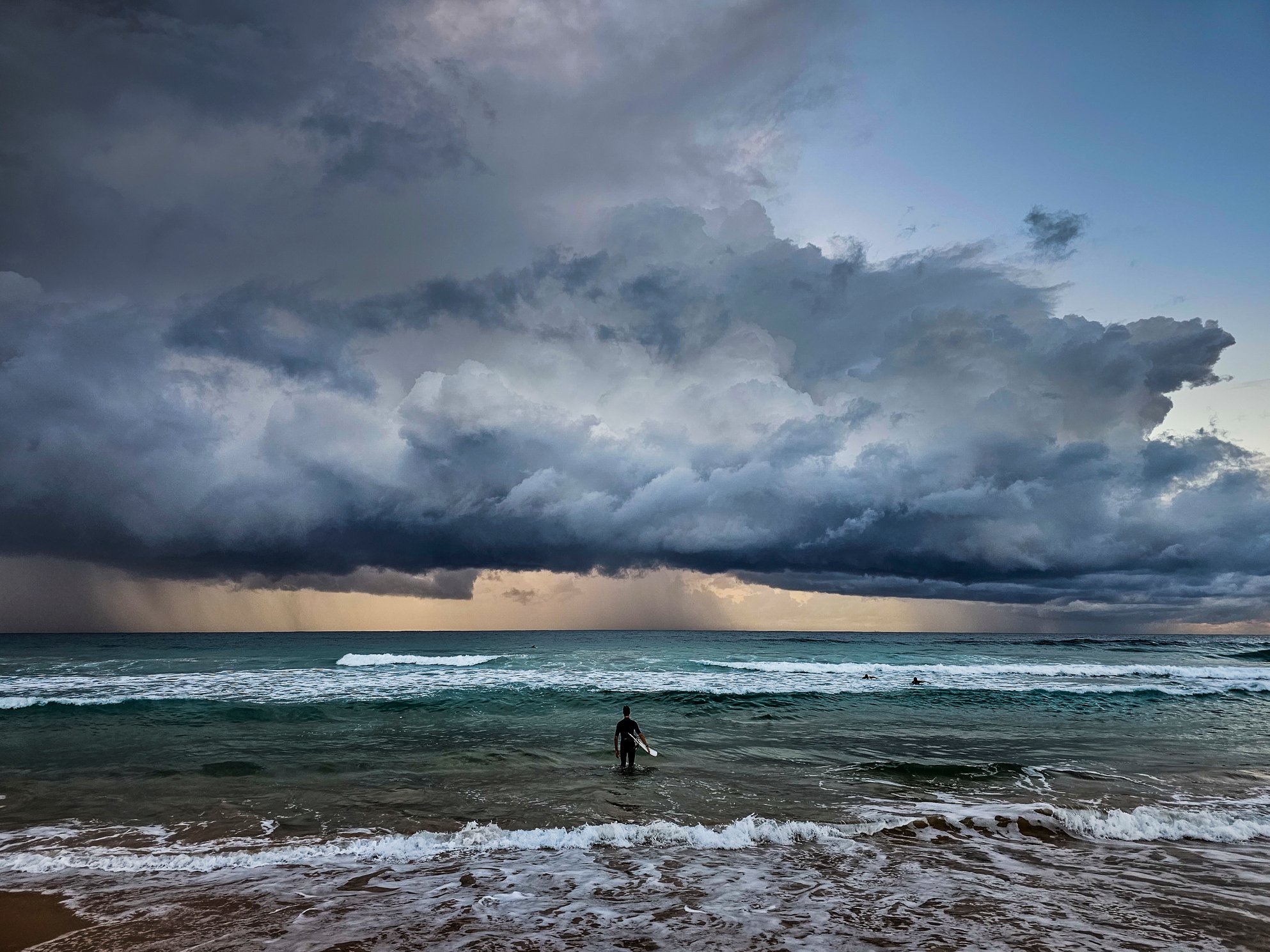
Distant storms can provide excellent swell waves for surfers. But they can also bring heavy downpours and lightning, perhaps explaining this surfer’s pensive pose captured by Les Irwig on one of Australia’s beaches in Sydney.
Heavy convective clouds, formed as warm, moist air rises in the lower atmosphere, rain off in the distance leading to a dramatic skyline. Hopefully the surfers made the most of the big waves before the storm arrived.
Runner Up (Smartphone) – Snowflake Fall by Diana Neves
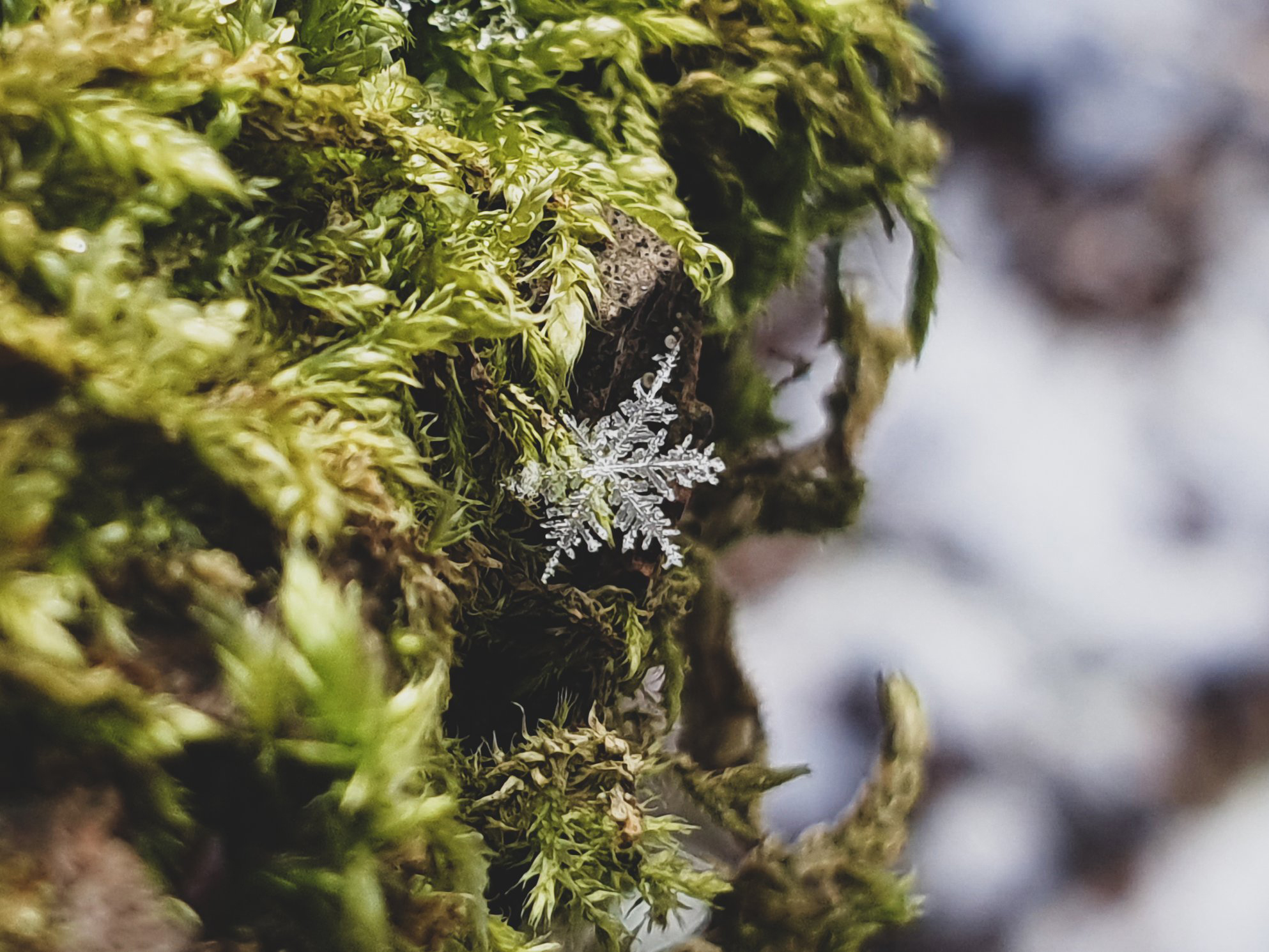
You won’t see another snowflake like this one, captured by Diana Neves on a walk in Staffordshire, as every snowflake is indeed unique.
If a cloud is cold enough, water vapour will condense directly into ice, and these ice crystals will fuse together to form six-sided hexagonal structures – aka a snowflake. As well as temperature, the amount of moisture in the air plays a role in a snowflake’s shape, with more complex flakes forming at higher humidities. A single snowflake might contain up to 200 crystals.
Winner (Young) – Overhead Mammatus Over Beach Huts by Jamie McBean
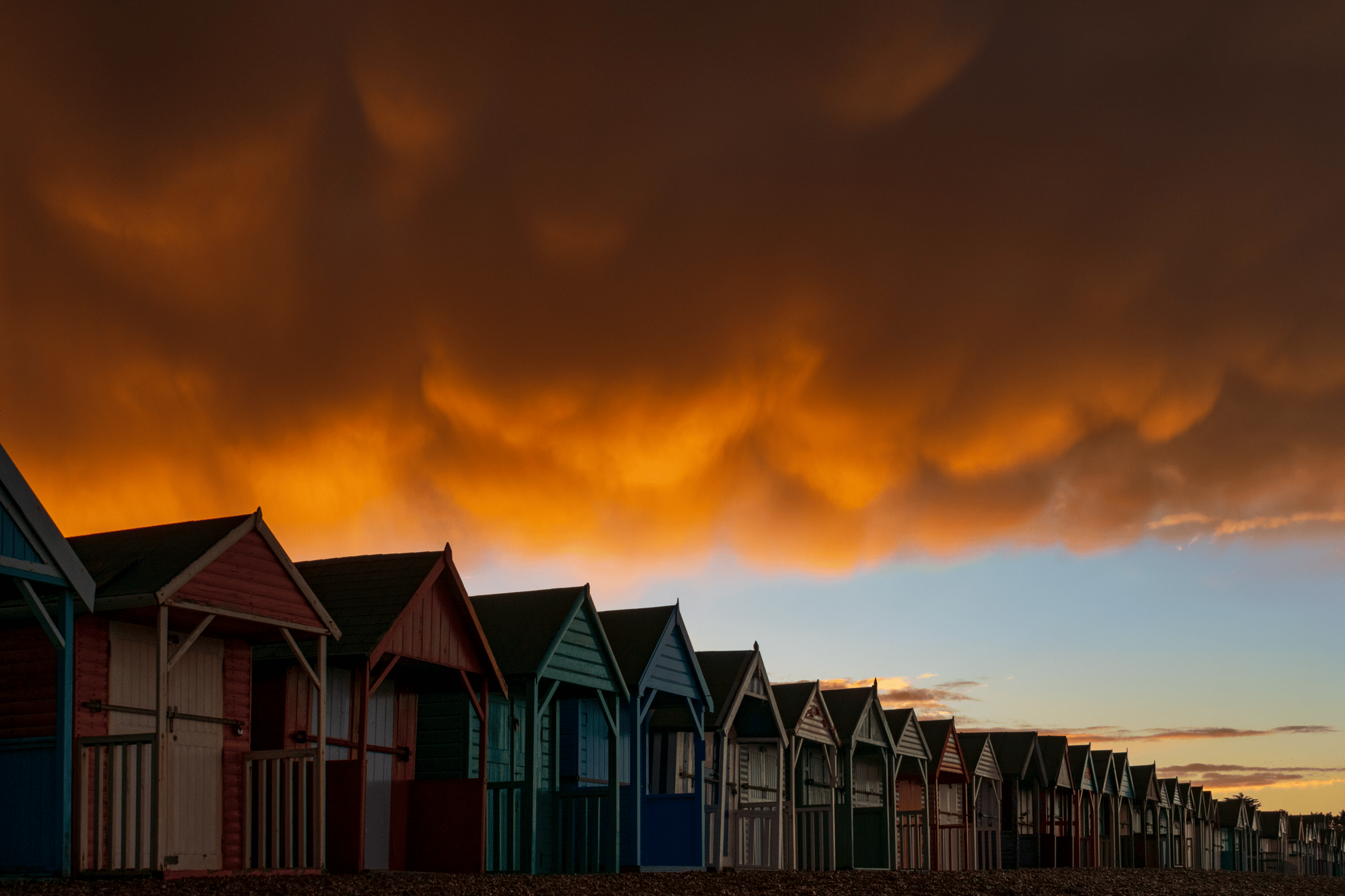
These bulbous mammatus clouds occur underneath many different cloud types but are most impressive underneath thunderstorms, typically forming to the rear of the “anvil cloud” after the severe weather has cleared. This shot was taken by Jamie McBean as the sun set, given the lumpy sky a golden glow.
Due to turbulence within these giant storm clouds, the bulges emerge from the base of the cloud. The name mammatus comes from their peculiar shape – the Latin mamma translates to 'udder' or 'breast'.
Runner Up (Young) – Reflections over the Pacific Ocean by Siyana Lapinsky
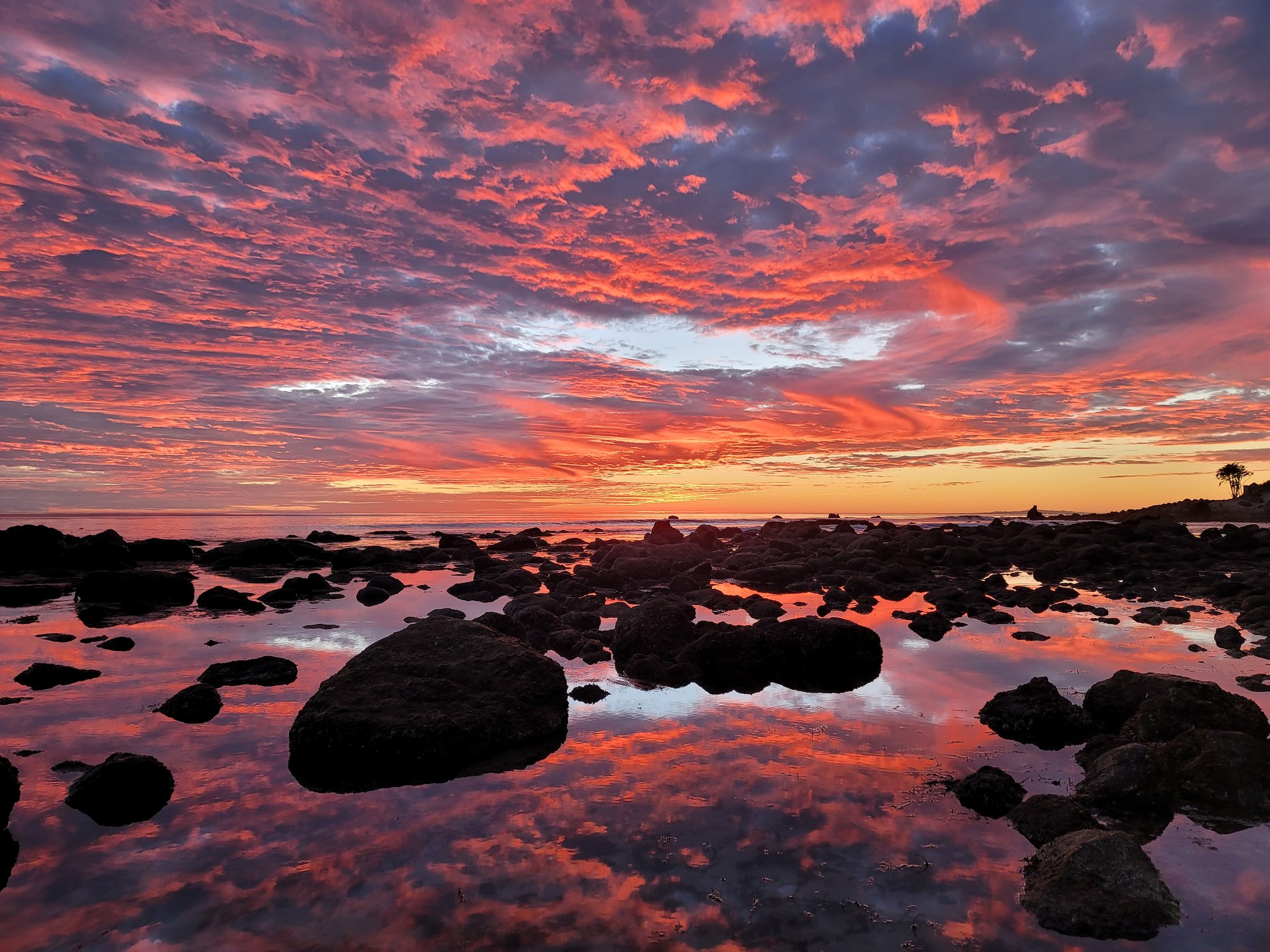
When the sun is close to the horizon, its rays need to travel long distances through the atmosphere. Thanks to Rayleigh scattering, blue light is scattered more strongly and tends to be deflected away in other directions – leaving more yellow, orange and red light for us to see at sunrise and sunset.
Salt particles in the air can make sunsets over the sea even more colourful. The more moisture and dust in the air, the more scattering takes place, leaving us with beautiful pink colours as shown in Siyana’s photo of a sunset mirrored over rocks in the shallows of the Pacific Ocean.
Public Vote – Divine Power by Fernando Braga
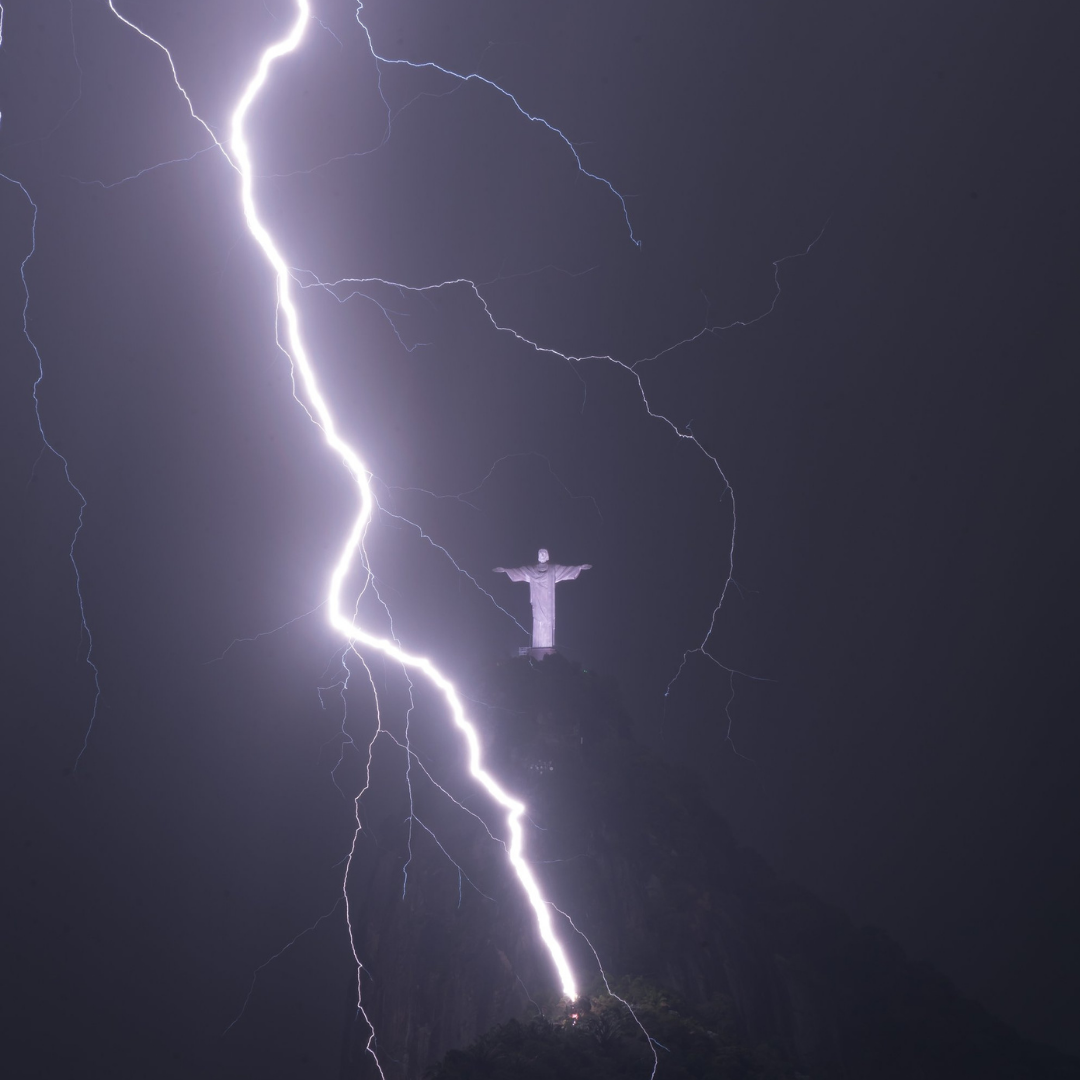
Thousands of you picked this shot of bolts of lightning surrounding the world-famous Christ the Redeemer statue in Brazil as your favourite.
Every second on Earth, 100 lightning bolts strike the planet! Lightning is essentially a giant spark that occurs within a cloud, between clouds or between the cloud and the ground.
Photographer Fernando Braga paid close attention to storm forecasts and captured a series of long exposures to get this winning shot.
Our ancestors associated bolts of lightning with angry deities, but nowadays climate change is the bad guy. A hotter atmosphere holds more water vapour, and so can produce more frequent and intense thunderstorms, making lightning more common.
Pre-order your copy of the Weather Photographer of the Year Calendar 2024 now!
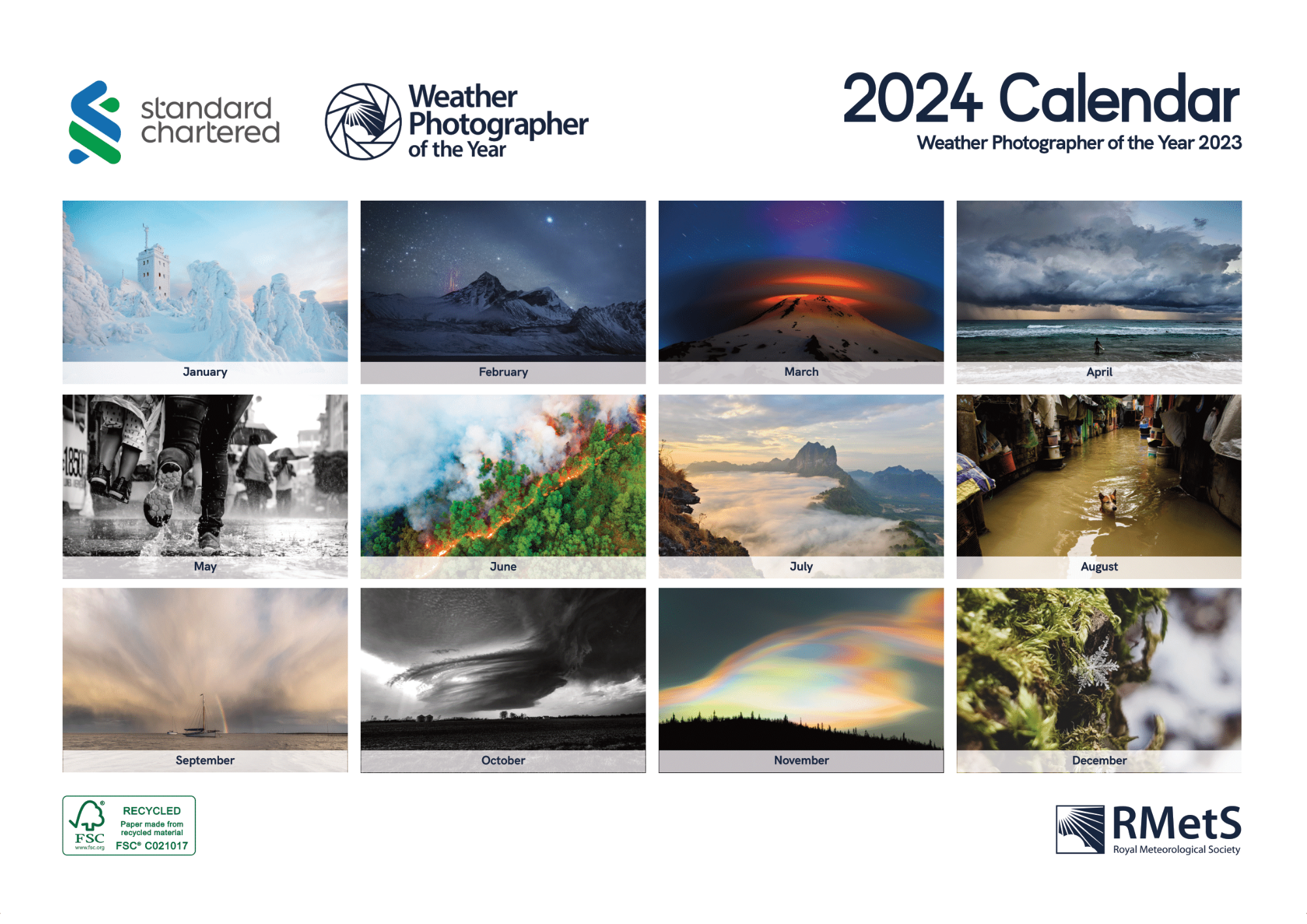
The Royal Meteorological Society’s annual Standard Chartered Weather Photographer of the Year competition showcases the world’s most striking weather and climate photographs and provides an international platform to raise awareness about the environmental issues putting our planet at risk. The Society’s 2024 wall calendar features all the winners and finalists from the 2023 competition, including awe-inspiring shots of red sprite lightning, other-worldly ice sculptures, tornadoes, flooding and forest fires.
Each calendar month is complete with dates marking UK holidays, meteorological seasons, daily minimum and maximum temperature records, monthly temperature, rainfall and sunshine averages, moon phases and sunrise and sunset times (UK).

